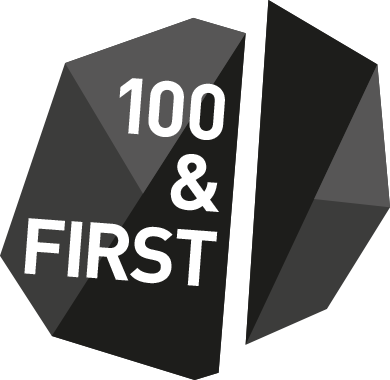Finding your Formation
I have always been fascinated by birds and the way they fly, but furthermore the way they fly together. Migratory birds chase the seasons and travel at extreme lengths to do so. The way in which this is possible is by using formations known as echlons, commonly resembling a ‘V’ however also at times a ‘J’. The first rationale is that by flying in formation the lead bird can create a slipstream for the rest of the flock, allowing for energy conservation during long distance migration. The second rationale is that the formation allows the flock to communicate and orient themselves effectively, working like a radar system for sensing upcoming obstacles and potential danger. This operating system thrives on trust and carefully owning their role for the good of the group.
I feel that we have a lot to learn from this simple system, incorporating it within the very teams we operate in. The first transferable lesson when comparing the formation of migratory birds is, understanding your role within the team, be that the lead bird or the tail. By understanding your role and focusing on doing the best you can, leads to the whole group being able to optimize the ‘slipstream’ effect.
The second learning we can tap into is that very ‘slipstream’ mentality, using your brilliant teammates and their systems to optimize your own performance. Ultimately each team member has the capability to lead, as the flock rotates leading the group, everyone has the responsibility to take the mantle. Using the momentum of our colleagues, managers and the leaders around us, we are able to hone in on the task at hand and work towards mastery - in turn creating your own ‘slipstream’ effective that they can use.
Thirdly, the importance of clear communication. This formation is the very thing that keeps the flock safe during hours of travel, which is based primarily on the fact that information can be quickly shared with all. We can relate that to our everyday experience within our own teams, understanding your teammates and being able to effectively communicate with each and every one of them will help give your operation the same reactive buffer system used by the flock.
As the flock continues to chase the seasons, we are always striving to better understand how we can work together and create positive change around us. Of course there will always be room for us to improve our communication, be more efficient and work harmoniously. However, if we focus primarily on the fundamentals of our human capital, building trust and taking care we will undoubtedly be a step closer to creating a more cohesive unit.
Tom Bednall
Commercial Director

